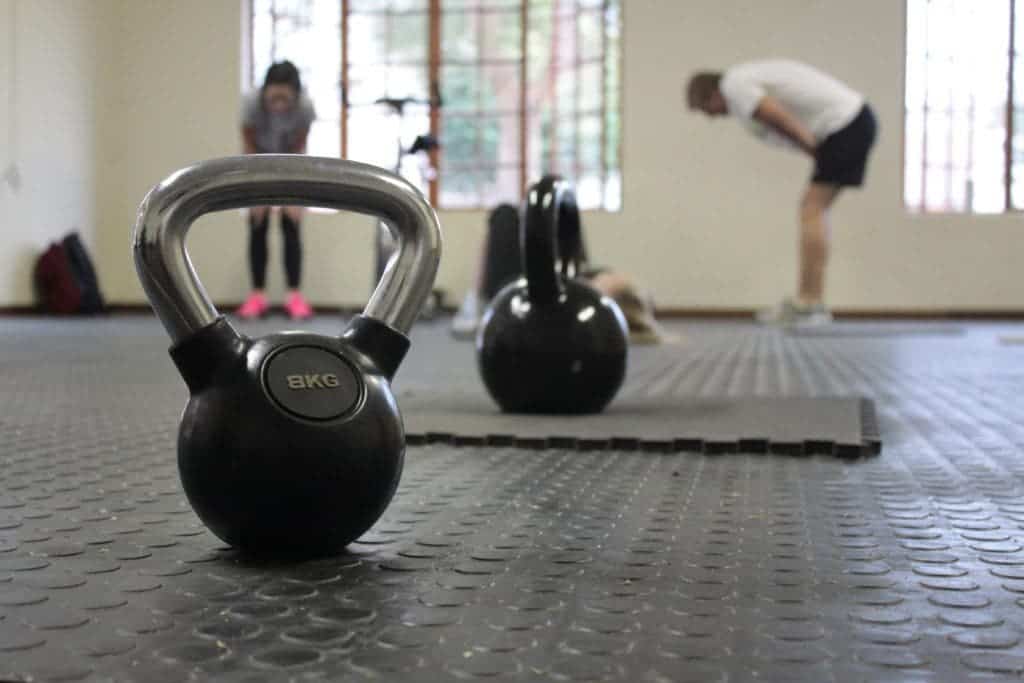Training hard and fast could help release those sweet endorphins.

A PET neuroimaging study showed that exercise-induced endorphin release in the brain depends on the intensity of the training. HIIT, an intense training system which has recently grown in popularity, seems to encourage the brain to produce more endorphins than slower, more sustained routines. The production of endorphins could not only alleviate HIIT stress, but it could positively affect the motivation and maintenance of physical activity.
“Our results highlight that exercise intensity affects endorphin release and that the brain opioid system is involved in both positive and negative feelings caused by physical exercise performed at different intensities,” says Doctoral Candidate Tiina Saanijoki from Turku PET Centre.
HIIT is a form of interval training which involves alternating short periods of intense anaerobic exercise with less intense recovery periods. In HIIT, there’s no fixed session duration — you perform a short burst of high-intensity (or max-intensity) exercise and then you follow with a brief low-intensity activity, repeatedly, until you’re too exhausted to continue. Compared to other forms of training, it is probably not as good at treating obesity or improving muscle and bone mass, but it produces significant reductions in the fat mass of the whole body. The problem with HIIT is that since by definition it is exhausting, it requires a lot of motivation, and researchers have questioned whether people can stick to these programs. This is where this study kicks in.
Endorphins weren’t produced as much in regular aerobic exercises. In order to show this, researchers carried out positron emission tomography (PET) scans of participants. In PET scans, participants are injected with a mildly radioactive compound which binds to their brain’s opioid receptors. The process is harmless and allows researchers to map this radioactivity in the brain — in this case, studying the production of endorphins.

“Exercise-induced endorphin release may be an important mechanism which supports exercise motivation and maintenance of regular exercise. At moderate training intensities, the pleasurable sensations caused by the possible release of endorphins may promote habitual exercise. At very high exercise intensities the release of endorphins appears to be linked to increased negative feelings and pain, and may be needed to manage the emotionally and physically demanding challenge. However, such negative feelings may discourage further exercise. Exercise intensity should be taken into account when starting new exercise routines,” explains Saanijoki.
Journal Reference: “Opioid Release after High-Intensity Interval Training in Healthy Human Subjects” by Tiina Saanijoki, Lauri Tuominen, Jetro J Tuulari, Lauri Nummenmaa, Eveliina Arponen, Kari Kalliokoski & Jussi Hirvonen in Neuropsychopharmacology. Published online July 19 2017 doi:10.1038/npp.2017.148




